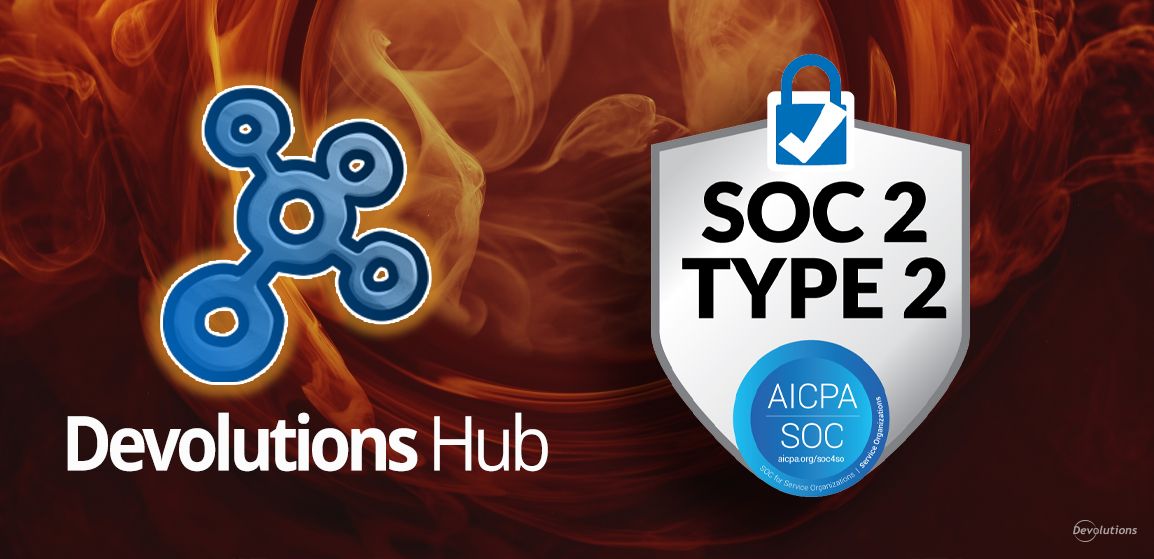For all kinds of reasons, turnover is a fact of life. Even companies that routinely make “Best Employers” lists like Google and Costco need to be prepared for when — not if — an employee heads for the exit.
Recently, I shared some advice on what to do when onboarding new employees. Today, I’ll head to the other end of the spectrum and provide some guidance on what to do when employees leave your organization:
1. Lock and/or Delete All Accounts
Locking and/or deleting accounts is essential to prevent unauthorized access. For example, you can lock the file hosting service (in case there are still important files there), and delete accounts for team collaboration tools and access to the building. Pro tip: with Devolutions’ Remote Desktop Manager and Devolutions Password Server you can keep track of all accounts in a centralized location, so you know what to lock and/or delete.
2. Change Passwords to Critical Accounts
Some accounts can’t be deleted or locked because other users still need to access them. Even if you use a tool like Remote Desktop Manager or Devolutions Password Server to hide passwords, it may still be prudent to change passwords to more critical accounts just in case. Of course, this doesn’t mean that your former employee will do something bad. But they might get hacked and cyber criminals may get access to a spreadsheet or other documents that contains their former login credentials. It’s better to be safe than sorry!
3. Keep Hard Drives
Depending on the employee, it might be a good idea to keep the hard drive(s) vs. wiping it. This isn’t about privacy – it’s about security. For example, you may need to access the information at a later date, or there could be concerns (i.e. questionable activities) that arise in the future, and you’ll need to drive for investigative purposes. If keeping hard drives is impractical or costly, then mirroring the data could be a viable alternative.
4. Recover Enterprise Assets
Make sure to recover all enterprise assets such as access cards, laptops, cellphones, tablets and other hardware that the employee might have in his possession, especially when working remotely. Don't forget to unassign software licences from their accounts.
5. Forward Emails
Make sure to forward emails from pending client accounts (especially if the employee leaving is on the sales team) to make sure important notifications will be taken care of following the departure. You can also inform the employee's clients or providers of the leave and introduce them to the substitute for a smooth transition.
What’s Your Advice?
Please comment below on your best practices for offboarding employees. Do you agree with the above? What additional steps do you advise based on your experience and training?




